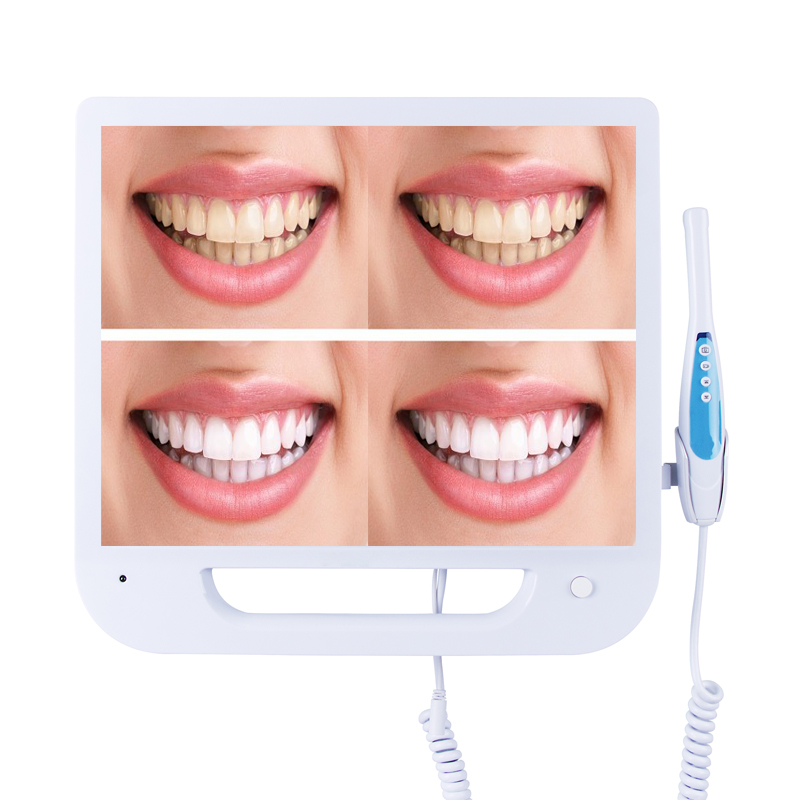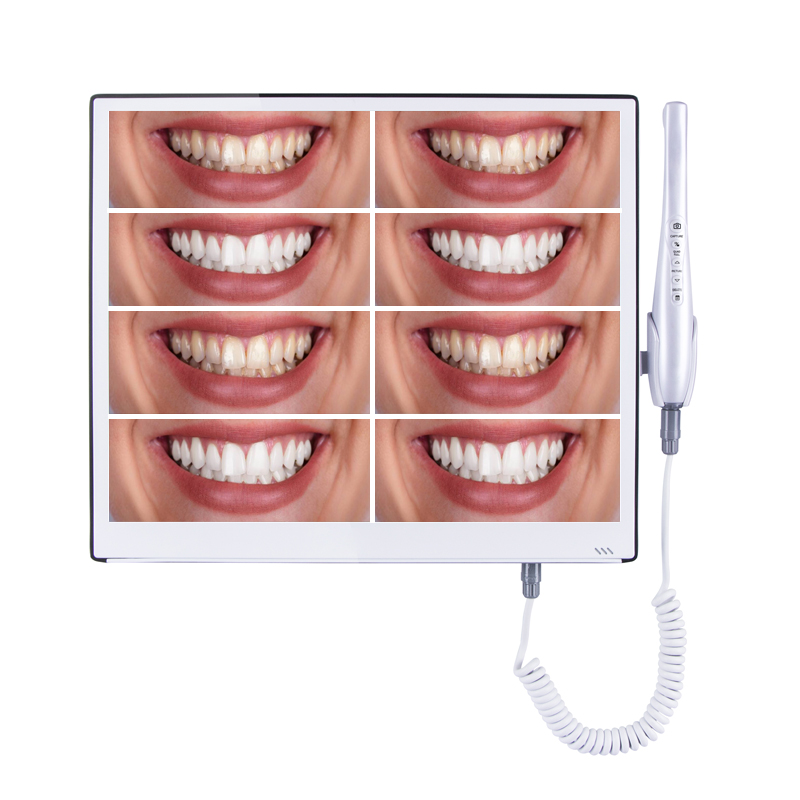
Application of X-ray machine:
(1) X-ray diagnosis
X-rays are used in medical diagnosis, mainly based on the penetration, differential absorption, photosensitivity, and fluorescence effects of X-rays. As X-rays pass through the human body, they are absorbed to varying degrees. For example, bones absorb more X-rays than muscles, so the amount of X-rays after passing through the body is different. For information, the intensity of the fluorescent effect or photosensitivity caused on the fluorescent screen or photographic film is greatly different. Therefore, shadows of different densities will be displayed on the fluorescent screen or photographic film (developed and fixed). According to the contrast of shades of shade, combined with clinical manifestations, laboratory results, and pathological diagnosis, you can determine whether a part of the human body is normal. Therefore, X-ray diagnostic technology has become the earliest applied non-scarring visceral inspection technology in the world.
(2) X-ray treatment
X-ray radiation therapy is mainly based on its biological effects. When applying X-rays with different energy to irradiate cellular tissues in human lesions, the irradiated cellular tissues can be damaged or suppressed, thereby achieving certain diseases, especially The purpose of tumor treatment.
(3) X-ray protection
While using X-rays, people have discovered problems that cause patient hair loss, skin burns, visual impairment of workers, and Lex injuries such as Lex. To prevent X-rays from harming the human body, corresponding protective measures must be taken. The above constitutes three major breakthroughs in X-ray interventional medicine-diagnosis, treatment and protection.
X-ray was discovered by Professor Roentgen in 1895. This kind of radiation emitted by the vacuum tube can penetrate the object. In the electromagnetic spectrum, the energy is stronger than visible light, the wavelength is shorter, and the frequency is higher. Similar radiation rays include cosmic rays, X-ray, etc.
About teeth:
Also used for teeth. Convenient for dentists. Active small. Light weight. Easier to use than traditional X-rays.
Easy to operate;
Clear imaging;
Would you choose it if you were a dentist?



